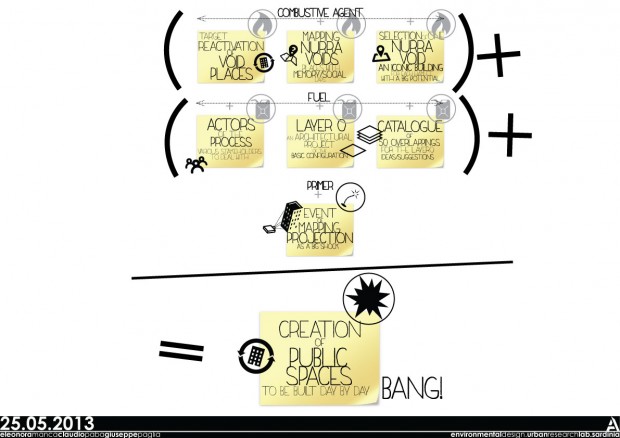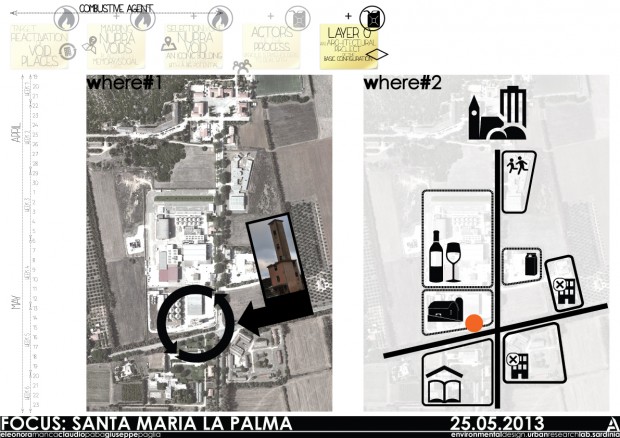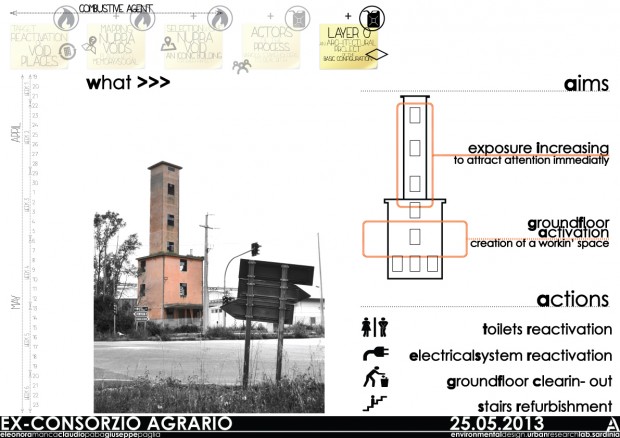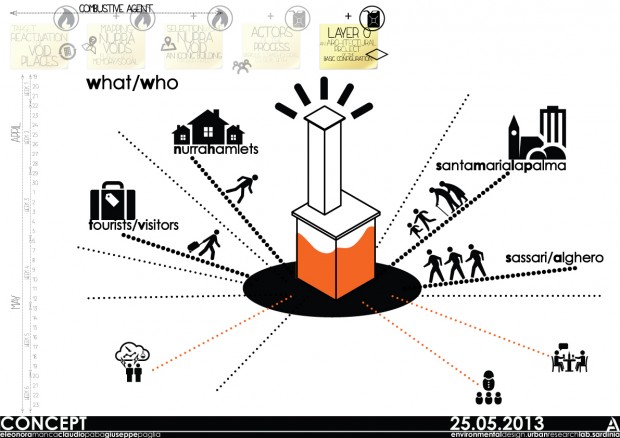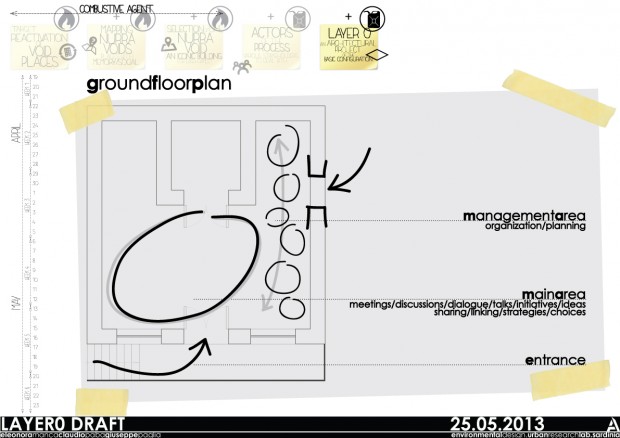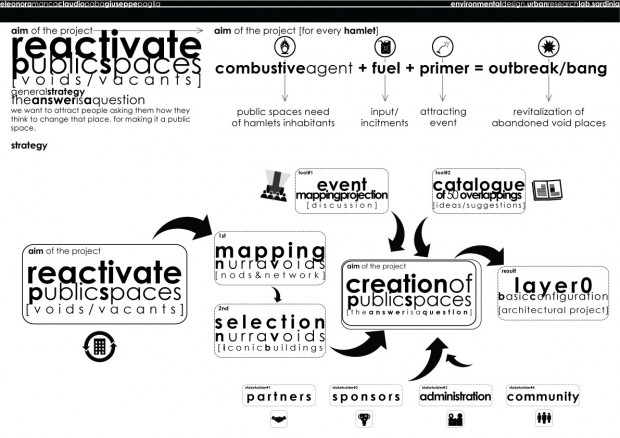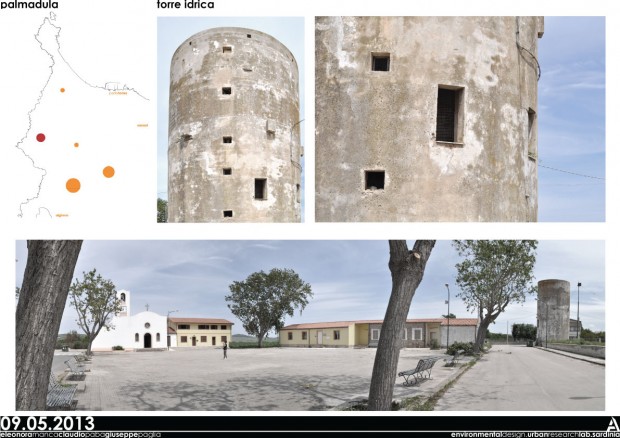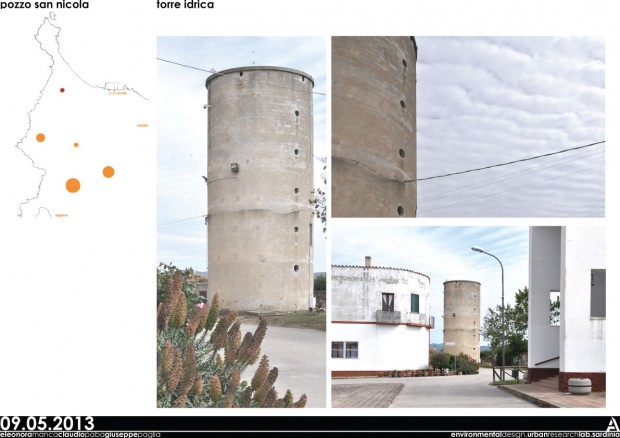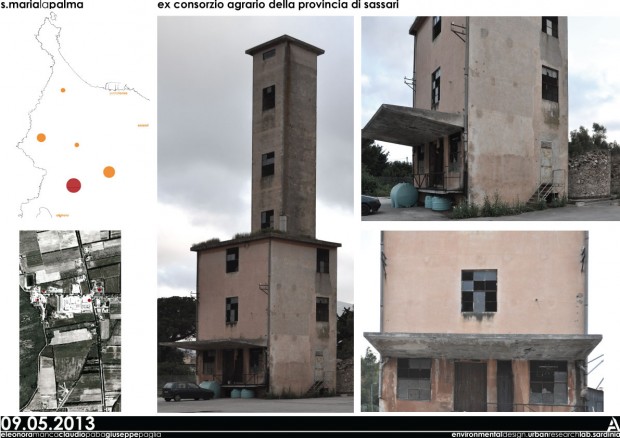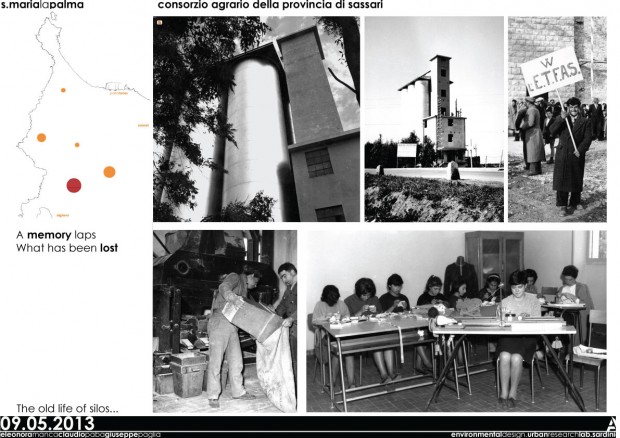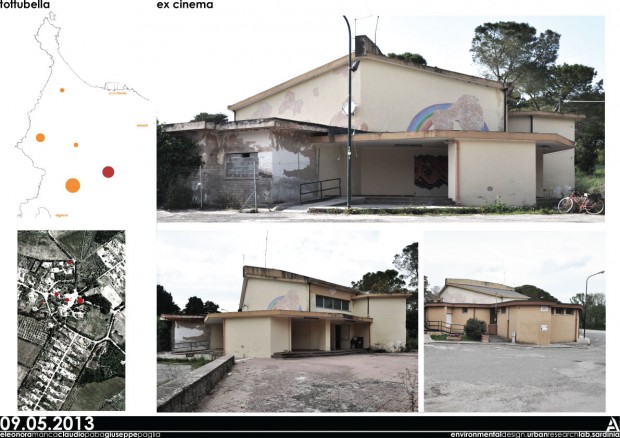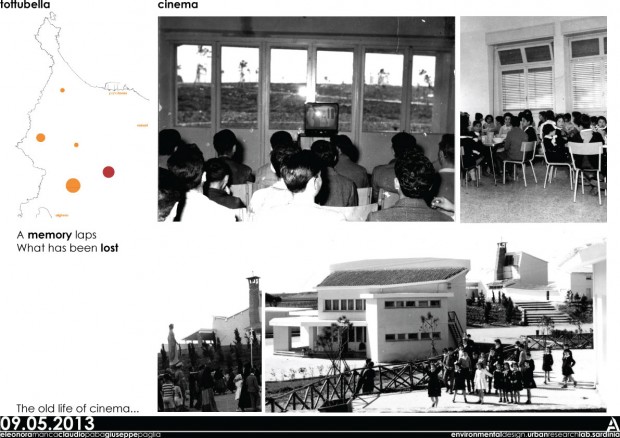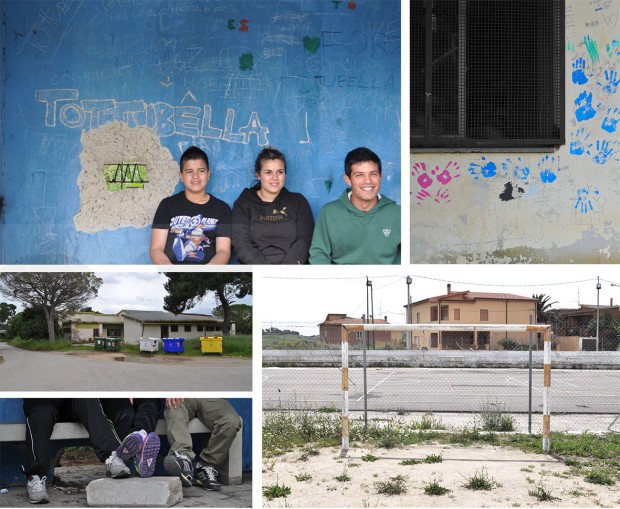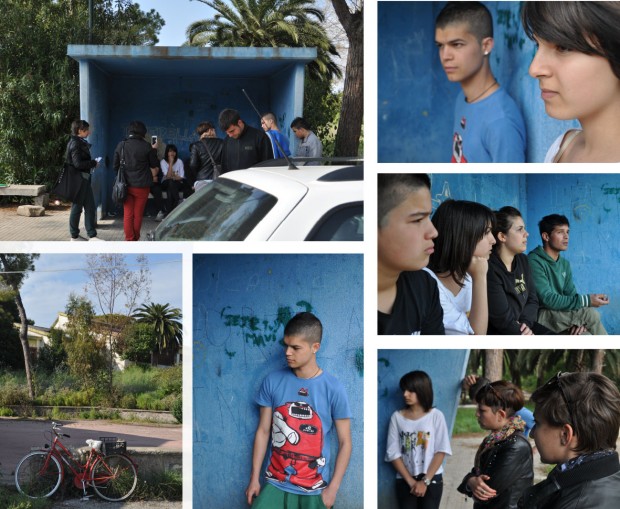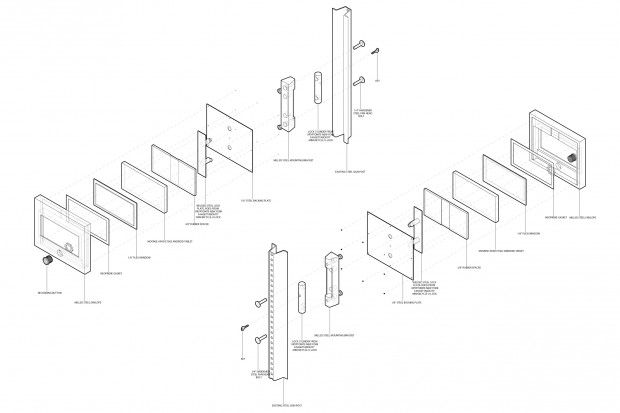Networked Urbanism
design thinking initiatives for a better urban life
apps awareness bahrain bike climate culture Death design digital donations economy education energy extreme Extreme climate funerals georeference GSD Harvard interaction Krystelle mapping market middle east mobility Network networkedurbanism nurra nurraempathy placemaking Public public space resources Responsivedesign social social market Space time time management ucjc visitor void waste water Ziyi

culture
Understanding the cultural background as a determining factor for urban life. How is urban development linked to cultural aspects of the local and global context? How do people understand their relationship with the place they inhabit? How do habits, traditions or laws transform cities?
it’s time to recap our last weeks work!
first of all, this is an updated diagram of our intervention strategy:
here it’s possible to find the same concepts explained in our last post weekly update with new entries and a new set-up.
in particular, after the interviews and the void mapping and selection, here we present the first idea for the LAYER O focused on Santa Maria La Palma’s Consorzio Agrario:
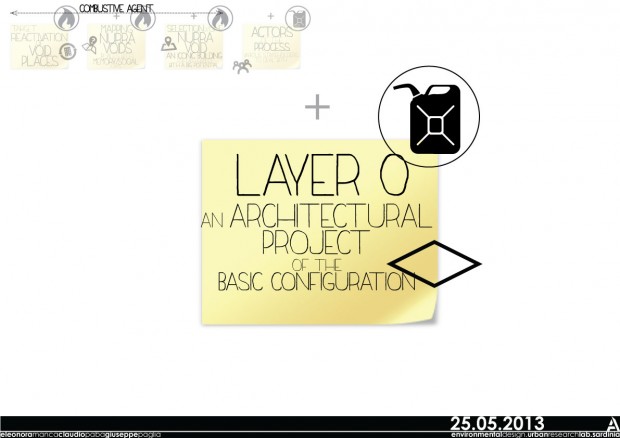
After our last step (shown in this post: http://networkedurbanism.com/posts/searching-the-void/), here we introduce our work update.
In the diagram you can see the general concept of our idea and the strategy developed to reach our aim. We started looking for the voids inside the Nurra territory and we found them, especially memory and social voids. We made a selection, finding the ones with a big potential (one for each hamlet): there, we’ll try to reactivate them as public spaces. In the diagram you can see the stakeholders involved, starting from the community as the first “actor” of the process. In order to attract communities in these abandoned places, we’ll make them a simple answer: “what do you want for that? what could it become?”; our input is a simple design project, called “layer 0”, where could be possible to overlap 50 different solutions of public spaces but studied for that particular place. The shock will be given by a performance of mapping projection, where people will be encouraged to give their first feedback about their thoughts relating to that void.
In the “Nurra Tour” we have been affected whit the isolated episods;
little execptions in the low density territory but in the same time as the common denominators, the landmaks that suffer from a loss of memory, functions and productive life.
Here we are. We started working on the void concept and his different variations, visible in the video at the following link:
http://networkedurbanism.com/posts/nurra-empathy/
After this first step, we tried to understand better the Nurra territory, searching for these voids there and knowing that it was possible to find in this big part of north-western Sardinia a strong potential energy, ready to be released. It was very important talking with people in this complex and difficult villages, where the first impression is a state of abandon and resignation of public spaces, contrasting with well-finished and dignified private houses and people, in particular in Tottubella.
So we started figuring out that there were material voids, and we are talking about public buildings and agriculture fields, but also immaterial voids, like social voids. The good new is that people there still has the ability to think about his future and, in particular, a future in that places; not in every Nurra village but in some cases we found people intrested in improving his knowledge and trying to make things better, especially about the place where they live. We talk about people between 15 and 45 years old, and in particular young boys and girls.
We think it’s also important talking with elderly people, ’cause they’re a big part of the community in these villages but, instead of the bar, they have no place to go (like teenagers and children). What’s intresting is that they keep the memory of the villages because they were there when Tottubella, Palmadula and so on were founded.
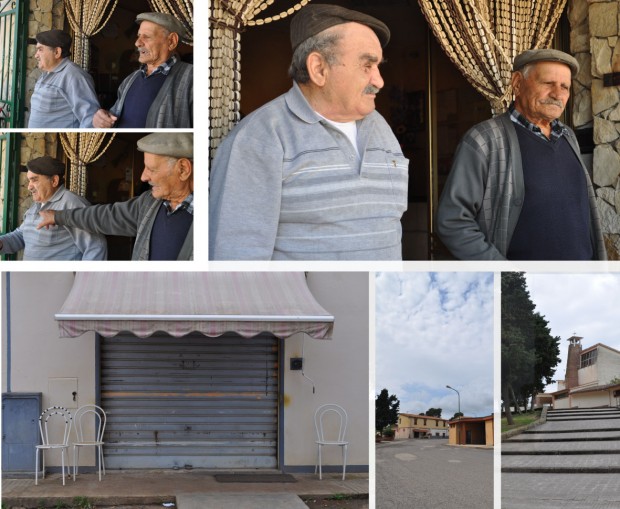
Our next step is finding places where re-activate communities, creating a double grid: one internal to the most important villages, one in which villages are grid nodes themselves, starting from that voids we were searching for.
“We all come to know each other by asking for accounts, by giving accounts, and by believing or disbelieving stories about each other’s pasts and identities”
Paul Connerton, How Societies Remember
This project began with a question about how people connect to places. As our lives become ever more transient, the stable relationships with place that have defined communities for generations are evaporating. Many of us now inhabit places whose history we have no understanding of, no personal connection to. What happens to the identity of a place when its residents have no memory of it?
Boston has a strong tradition of collecting oral histories of place. Organizations like the Cambridge Historical Commission, South End Historical Society, and other community groups have archived personal stories about places in their neighborhoods, maintaining a link between the physical fabric and the lives it contained. But how many people know about these archives? How many of the current residents can point to a family members story contained therein? Do these archives invite their viewers to contribute their own stories? Do they encourage us to explore our environment, to connect the physical artifacts with the stories they hold?
« Previous 1 2 3
